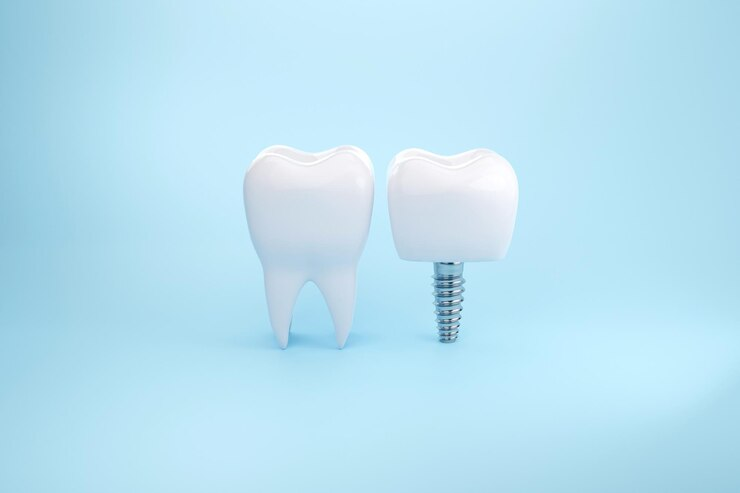
A dentist can make dental crowns in his office. The traditional method includes removing decay and shaping the tooth. Once the tooth is shaped, a scanning device takes digital pictures inside the mouth. These images are then converted into a 3D design in computer software. The computer software then sends the design to an in-office milling machine, which creates the dental crowns Tallahassee FL shape from ceramic. The finished crown looks just like a real tooth!
All-ceramic
A number of factors are associated with the use of all-ceramic dental crowns. The material is very durable and offers excellent biocompatibility. One of its major disadvantages is its metallic appearance, which can lead to poor aesthetics. The ceramic material is an excellent choice for molars that are out of sight, or for those with minimal space between their teeth. In addition, ceramic crowns can be shaped to blend with adjacent teeth, a characteristic that is desirable for prominently visible teeth.
All-ceramic dental crowns require two visits to the dentist’s office. The first appointment is for establishing a treatment plan and taking impressions of your teeth. The second appointment is for preparing your tooth for the crown, which involves reshaping the enamel to make room for the new layer of material. A temporary crown is placed to protect the tooth while the permanent crown is being made. This is then cemented on the tooth.
All-porcelain
All-porcelain dental crown is a type of restoration that covers a tooth that is badly damaged. This type of dental crown can also cover a misshapen or small tooth. They are often used on the front teeth of the mouth, and have many benefits. For more information, read on to learn more about the pros and cons of all-porcelain dental crowns.
One of the major benefits of all-porcelain dental crowns is that they are metal-free. Metal-based crowns are susceptible to damage and can cause tooth sensitivity, especially to cold or heat. In contrast, all-porcelain crowns are heat and stain-resistant and can last for a very long time. Patients who have these dental restorations can enjoy lifelike results that will last a lifetime.
Porcelain-fused-to-metal
While traditional dental crowns are made from ceramic, porcelain-fused-to-metal dental prostheses offer an alternative. These crowns are tooth-colored, but have a thin layer of metal that offers support. This type of dental restoration can be very durable, but older porcelains are more likely to fracture. Porcelain crowns have been around for years, but a recent trend is for porcelain crowns to be made of metal.
The porcelain portion of porcelain-fused-to-metal dental prosthesis matches the color of the surrounding teeth. The metal underneath the porcelain cap is less likely to chip, and the porcelain retains its original color. However, porcelain-fused-to-metal crowns can wear down the adjacent teeth. A porcelain-fused-to-metal crown may be a better option for a front tooth than a back tooth, although it may be less durable over time.
Temporary solution
A temporary solution for dental crowns is a temporary dental restoration used to protect the teeth while the restoration is being placed. The temporary restoration is usually held in place by dental cement. Although temporary cement is not intended to be a permanent solution, it helps the crown remain in place by preventing it from falling off the tooth and affecting the other teeth. It can also reduce the likelihood of infection by reducing sensitivity to temperature and food.
While a temporary solution for dental crowns Tallahassee FL is effective, it can be uncomfortable, and may not fit perfectly in your mouth. Temporary crowns should be taken care of carefully, and if you feel any discomfort, notify your dentist right away. A temporary solution for dental crowns may require denture adhesive. A permanent solution should be performed by a professional. This method can be a good temporary solution for patients who cannot afford to have a permanent dental restoration.
